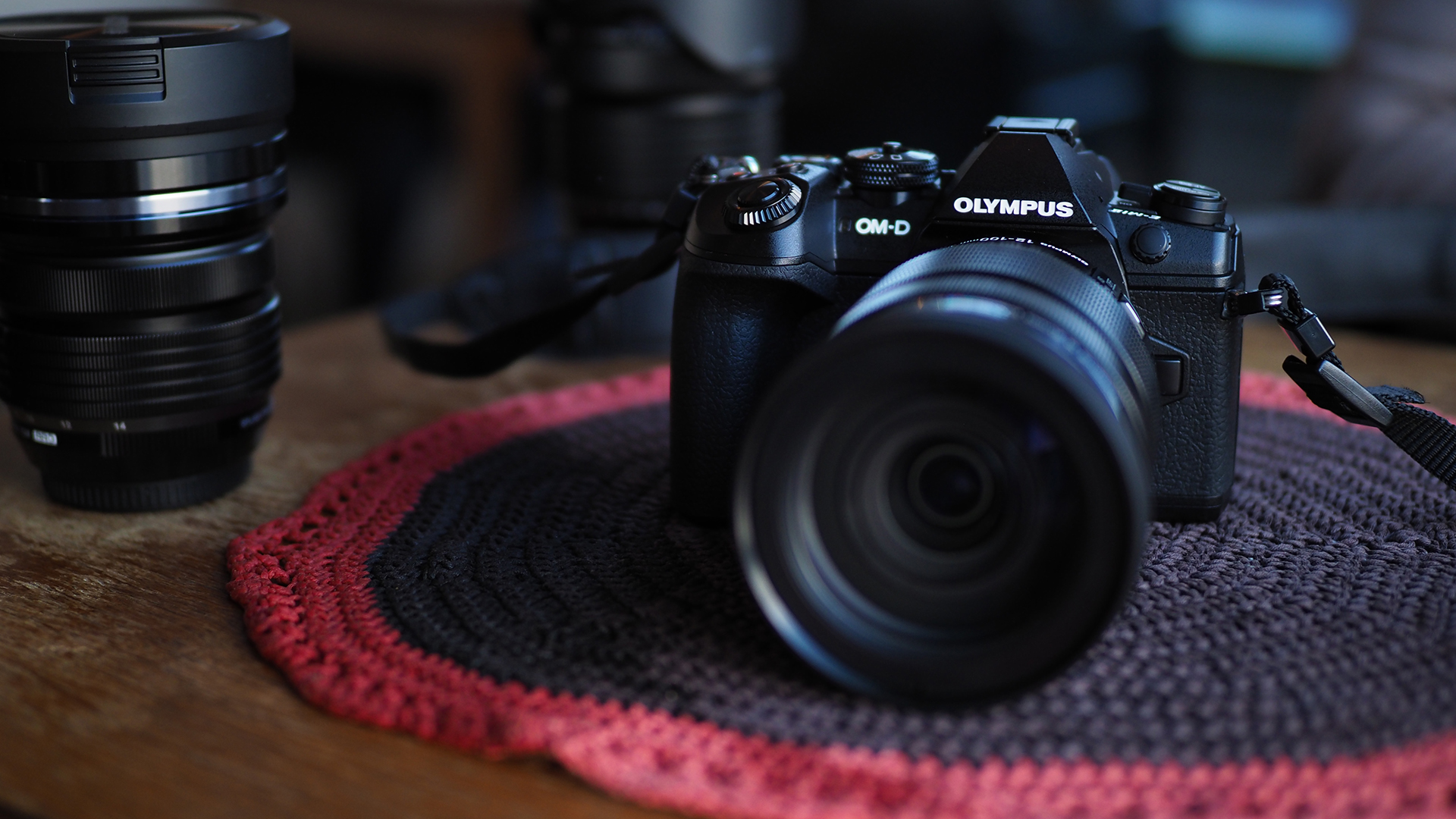TechRadar Verdict
With an expanded AF system, a fully customizable interface, solid video features and higher-res sensor, the OM-D E-M1 Mark II is Olympus' most impressive and feature-complete camera yet.
Pros
- +
Unshakable image stabilization
- +
Bulletproof weather-sealing
- +
Laser-accurate autofocus
Cons
- -
Pricey compared to rivals
- -
Dense menu systems
- -
As expensive as some full-frame cameras, or more so
Why you can trust TechRadar
The OM-D E-M1 has always represented the pinnacle of Olympus’ Micro Four Thirds portfolio. In fact, it was the first camera from the company that came with phase detection autofocus, an antialiasing filter-less sensor, focus peaking and higher frame rates to boot.
However, in the three years since its introduction other cameras have risen to prominence. The Panasonic Lumix GH4 has gained a foothold in the video sector, while Sony has impressed us with the A6000-line’s laser-quick AF, as well as introducing the A7 range of full-frame mirrorless cameras. Then there’s Fujifilm, which along with the X-T2 is our favorite mirrorless camera to date.
Now with the OM-D E-M1 Mark II, Olympus is attempting to even the odds. The result is a completely overhauled camera with a higher-resolution 20.4MP sensor, greatly improved 121-point cross-type AF system, and enhanced in-body image stabilization, plus 4K video and Olympus' best video-shooting features to date.

These improvements come with a necessarily higher $1,999 or £1,849 (about AU$2,610) price tag for the camera body alone, whereas the first OM-D E-M1 originally retailed for $1,399 (£1,299, AU$1,599).
While it’s an unattractive price point for the enthusiast/casual photographers Olympus usually attracts, it’s clear the company aims to cater to the needs of professional photographers with this fully featured camera and a growing line of Pro lenses – several of which were announced alongside the initial debut of the E-M1 Mark II.

Features
- 20.4 megapixel Live MOS MFT sensor
- 3-inch 1,037K dot tilt-angle screen
- 2.36M dot EVF 1.48x magnification
- Cinema 4K
The OM-D E-M1 Mark II is the second camera to feature Olympus’ new 20.4MP sensor since its debut in the Pen-F. While the resolution is the same, Olympus has tweaked the image sensor for better noise reduction as well as now incorporating 121 cross-type 121 cross-type AF on-chip phase detection points spread across the entire frame.
The company claims the autofocus system is completely new and programmed with a new algorithm tuned for better tracking. Overall we find the Mark II to be even more accurate and faster than ever when it comes to autofocusing – and speediness really is one word to describe the new E-M1.
Sign up for breaking news, reviews, opinion, top tech deals, and more.

The higher-resolution 2.36M dot EVF now operates at a maximum 120 frames per second with a delay of only 5ms. This upgraded viewfinder pairs well with the 30% reduced shutter lag, and with Olympus' new ProCapture mode, which is designed to capture split-second moments.
Of course, if you want to slow things down the OM-D E-M1 II can oblige there as well. Its enhanced on-sensor image stabilization system now offers 5.5 stops of shake reduction.
The OM-D E-M1 Mark II is also Olympus' first camera to offer 4K UHD (3840 x 2160) video recording at 30, 25 or 24fps. What’s more, the Japanese camera company is leapfrogging over Sony and Panasonic by being the first to introduce Cinema 4K, which captures 4096 x 2060 pixel footage – a slightly wider aspect ratio than the traditional 16:9 frame – at a bitrate of up to 237mbps.

Kevin Lee was a former computing reporter at TechRadar. Kevin is now the SEO Updates Editor at IGN based in New York. He handles all of the best of tech buying guides while also dipping his hand in the entertainment and games evergreen content. Kevin has over eight years of experience in the tech and games publications with previous bylines at Polygon, PC World, and more. Outside of work, Kevin is major movie buff of cult and bad films. He also regularly plays flight & space sim and racing games. IRL he's a fan of archery, axe throwing, and board games.
